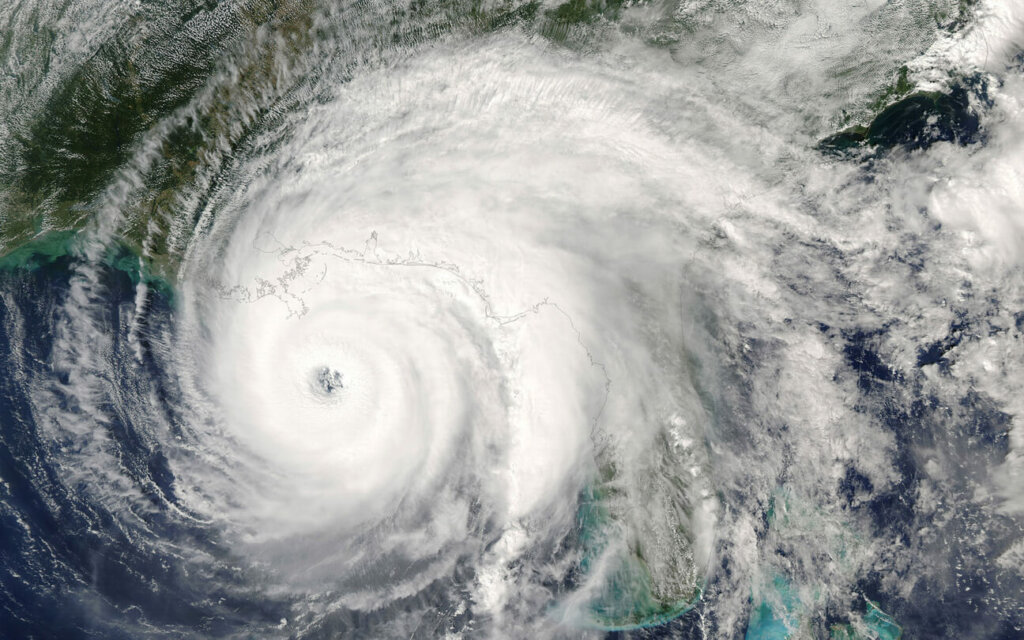 As the fall virtual tradeshow season of 2021 comes to an end, I thought I would share my insights with you from one of my moderated sessions: “Digitally Transforming Operational Resilience”. Rich Cooper, Global Head of Financial Service Go-To-Market at Fusion, John Beattie, Principal Consultant at Sungard, and I discussed how critical data is, how you can uncover important insights from that data, and how it can empower and allow you to focus on what is really important: your customers, your stakeholders, and, of course, your bottom line. To quote the Prime Minister of Canada, Justin Trudeau, “The pace of change has never been this fast, yet it will never be this slow again.” And I could not agree more. Some see this as a series of challenges, but we see this as an opportunity to evolve your resilience program into a strategic asset for your company – and it can be done by digitally transforming your program.
As the fall virtual tradeshow season of 2021 comes to an end, I thought I would share my insights with you from one of my moderated sessions: “Digitally Transforming Operational Resilience”. Rich Cooper, Global Head of Financial Service Go-To-Market at Fusion, John Beattie, Principal Consultant at Sungard, and I discussed how critical data is, how you can uncover important insights from that data, and how it can empower and allow you to focus on what is really important: your customers, your stakeholders, and, of course, your bottom line. To quote the Prime Minister of Canada, Justin Trudeau, “The pace of change has never been this fast, yet it will never be this slow again.” And I could not agree more. Some see this as a series of challenges, but we see this as an opportunity to evolve your resilience program into a strategic asset for your company – and it can be done by digitally transforming your program.
Digital Transformation Defined
Digital transformation is about modernizing and improving business processes, culture, and stakeholder value through the focused use of technology. To help visualize this process, Rich used the example of a photograph. From 100 years ago to about 15 or 20 years ago, it was something that you needed to take to a store to get copies of and put into an album for whenever you wanted to reference it. Compare it to business continuity: it is a plan that would sit on a shelf. Then fast forward to today, where the process is completely digital. You can do everything yourself, whether it is storing it on a memory card, computer, the cloud, or your phone. When you take a picture now, you are capturing a set of data. You are capturing where that picture was taken, who is in that picture, and what day the picture was taken. This is a great example of digital transformation. It is not only being able to have the said image, but also the foundational data behind it, and being able to look at it in numerous ways with the technology that we have available to us.
Operational Resilience and Digital Transformation
There is a saying I like to use a lot: “You have to understand how your organization fits together in order to understand how it may fall apart.” And while this is very simple to say, it is a complex problem to solve. This saying relates to the concept of operational resilience – being able to continue to deliver on your customer promise, no matter what. When bringing this back to digital transformation, you cannot be an effective operational resilience leader without data, and you cannot have effective data if it is not digitalized and organized in a way that you can pull information when you need it most. In order to do this, your organization must “break down the silos”, which is a phrase I’m sure you’ve heard a lot of in this industry. If you take a moment and think about how your business continuity or operational risk teams operate, each are uniquely suited to help with this type of digital transformation based on the type of information they have and the relationships they have built within the organization. So, start that conversation – whether it is with IT or HR. You have the power to pull everyone’s information together to gain a full picture of your organization’s operations.
Key Takeaways To Help on Your Journey To Operational Resilience
- Talk in the language of the business – have data-driven conversations with leadership, and when you do, don’t use words like BIAs or business continuity plans. Instead, discuss the impact on the business. Whatever your industry is, find out your important services. What is your organization doing? What is your organization providing to the customer? Start using the taxonomy of the business instead of the taxonomy of the practitioner to really make an impact.
- Challenge your organization and the quality of data provided – make sure you have the most up-to-date information as possible. Challenge your IT risk assessment department. Make sure the validity of that data is strong. It is so important that this information is kept up with. Another example is HR data: contact information, locations, determining if your facilities are located in flood zones, etc. Go back to the source, make sure it is accurate, and get it fixed rather than trying to fix it yourself. Then, your job becomes trying to understand resilience through data sets.
Looking to digitally transform your program? Contact Fusion today!





